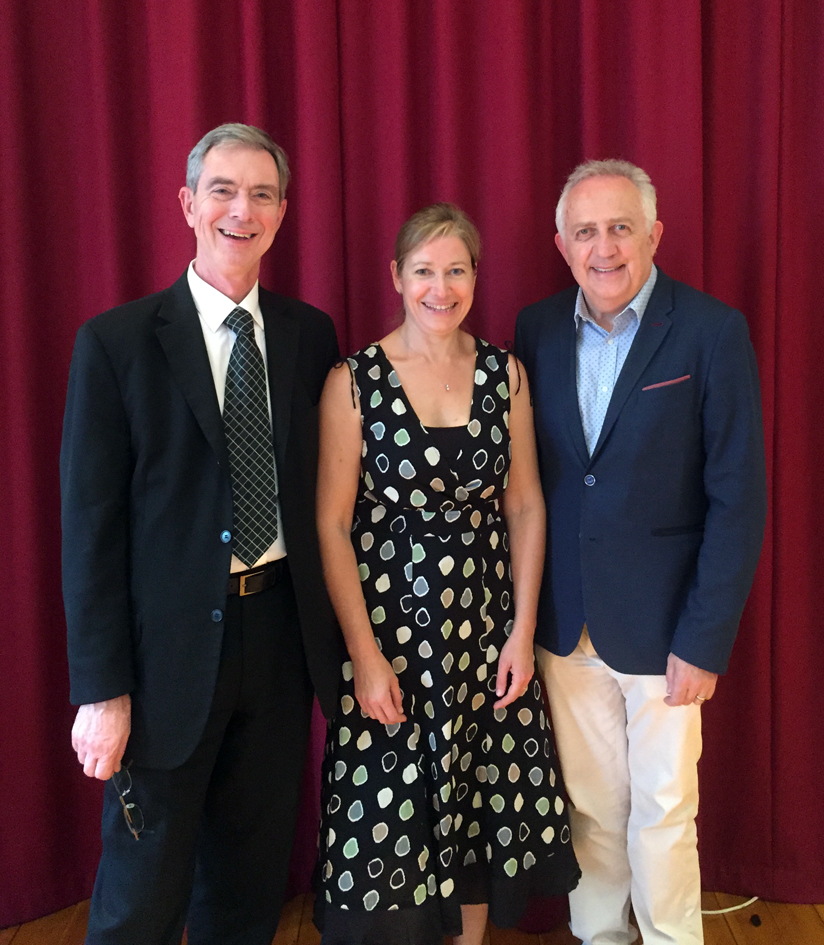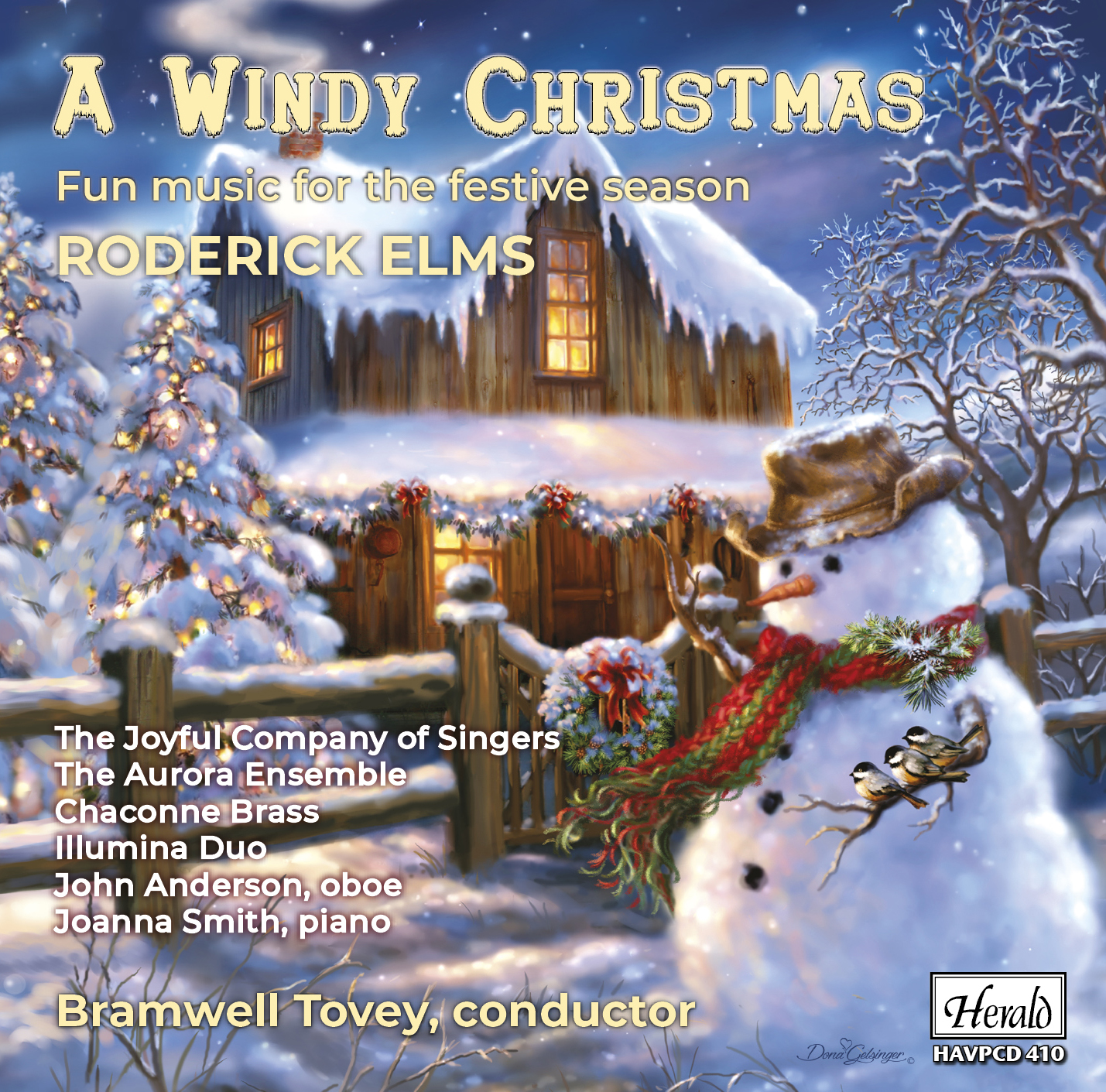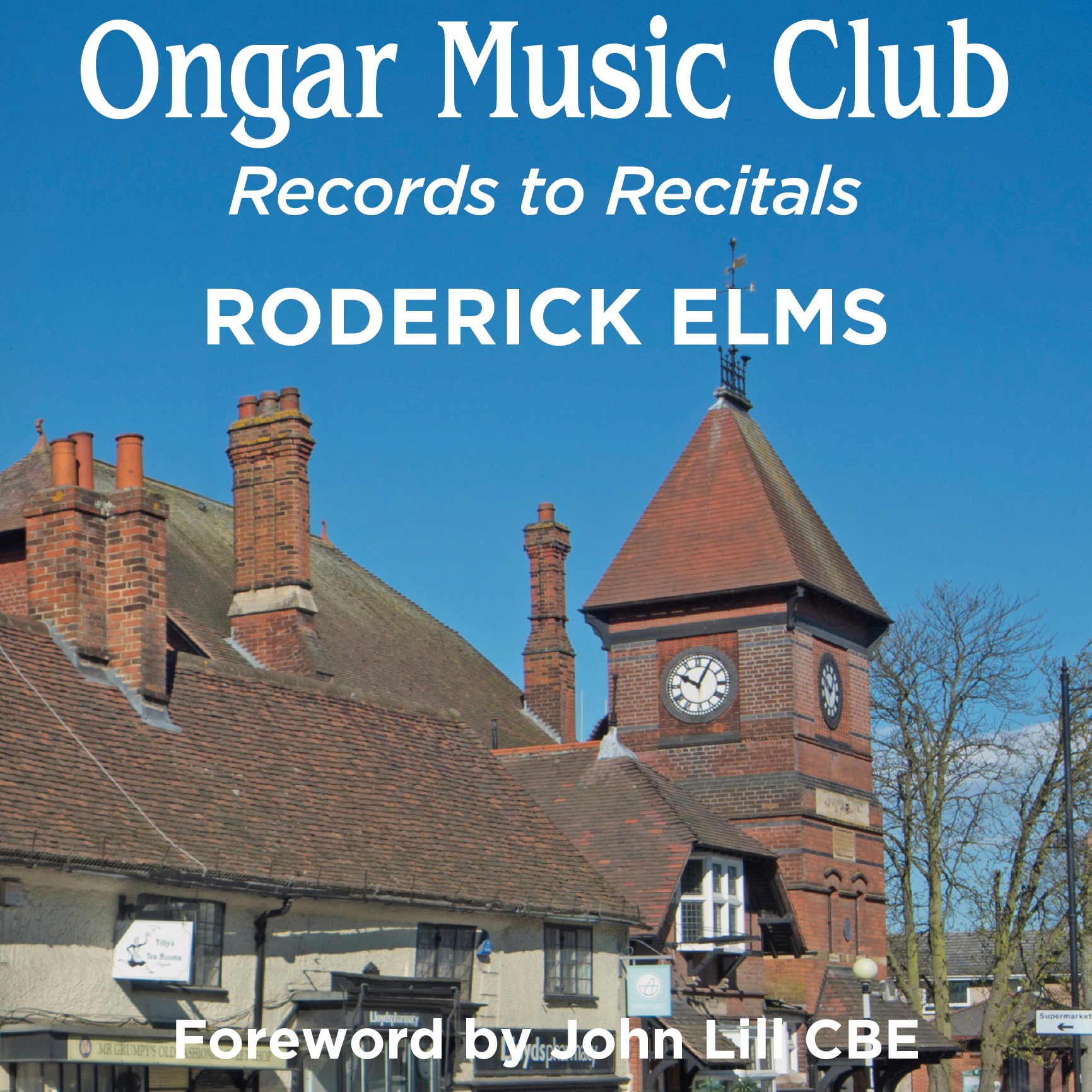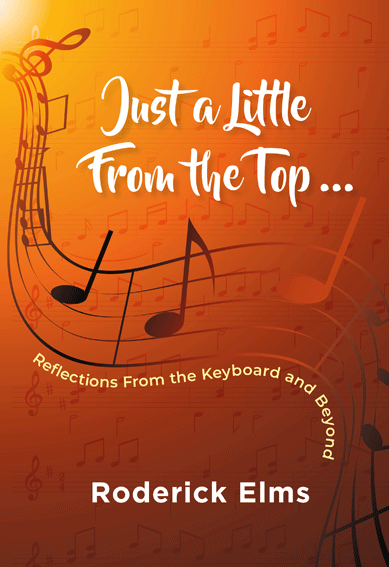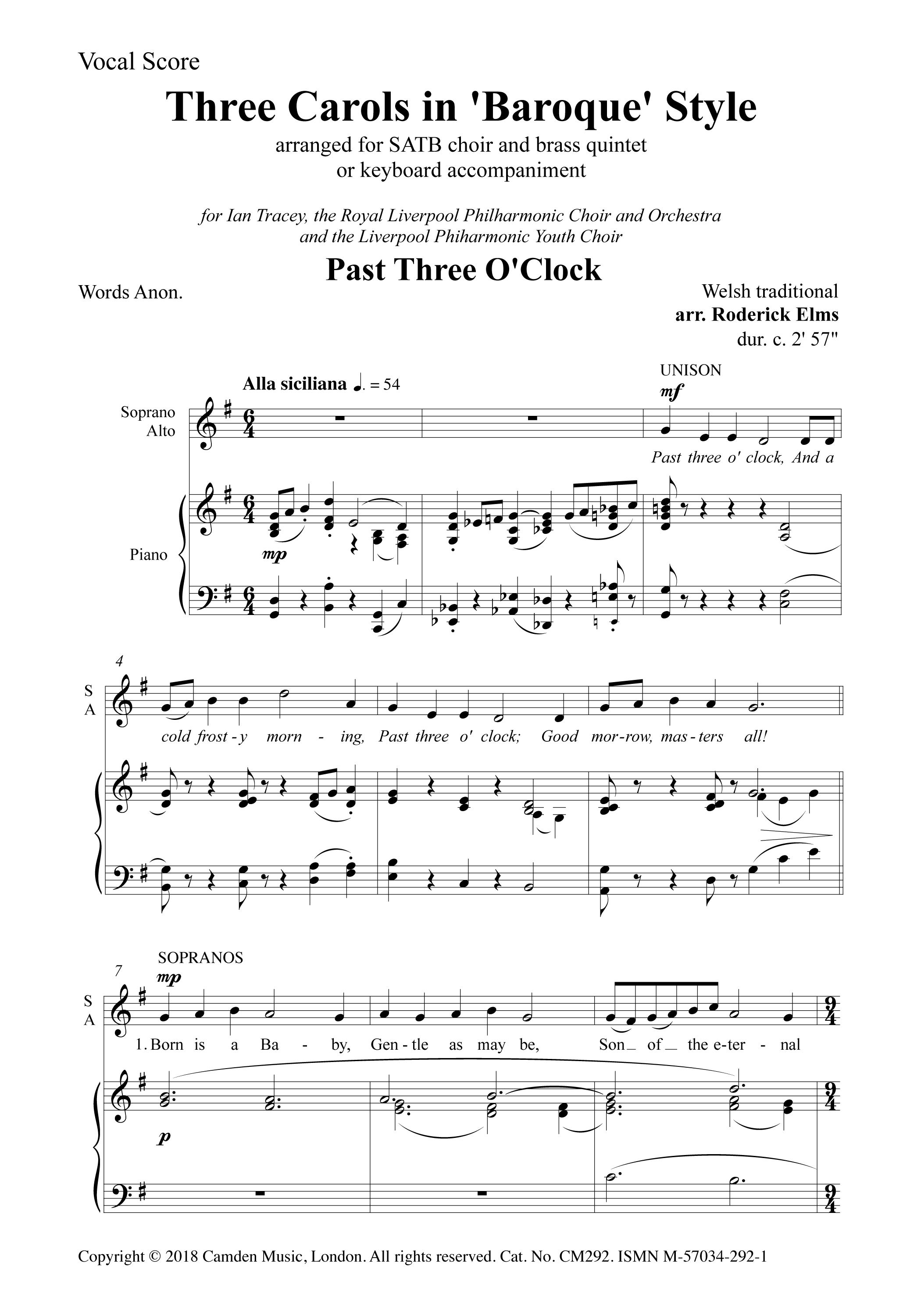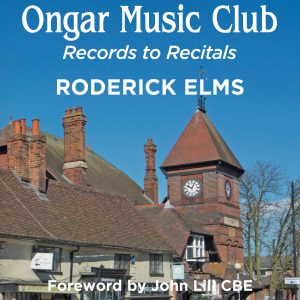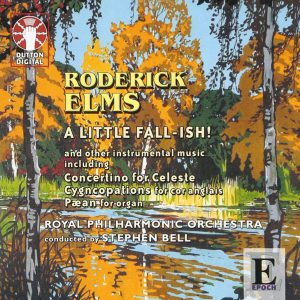Roderick Elms Music
Composer, pianist and organist
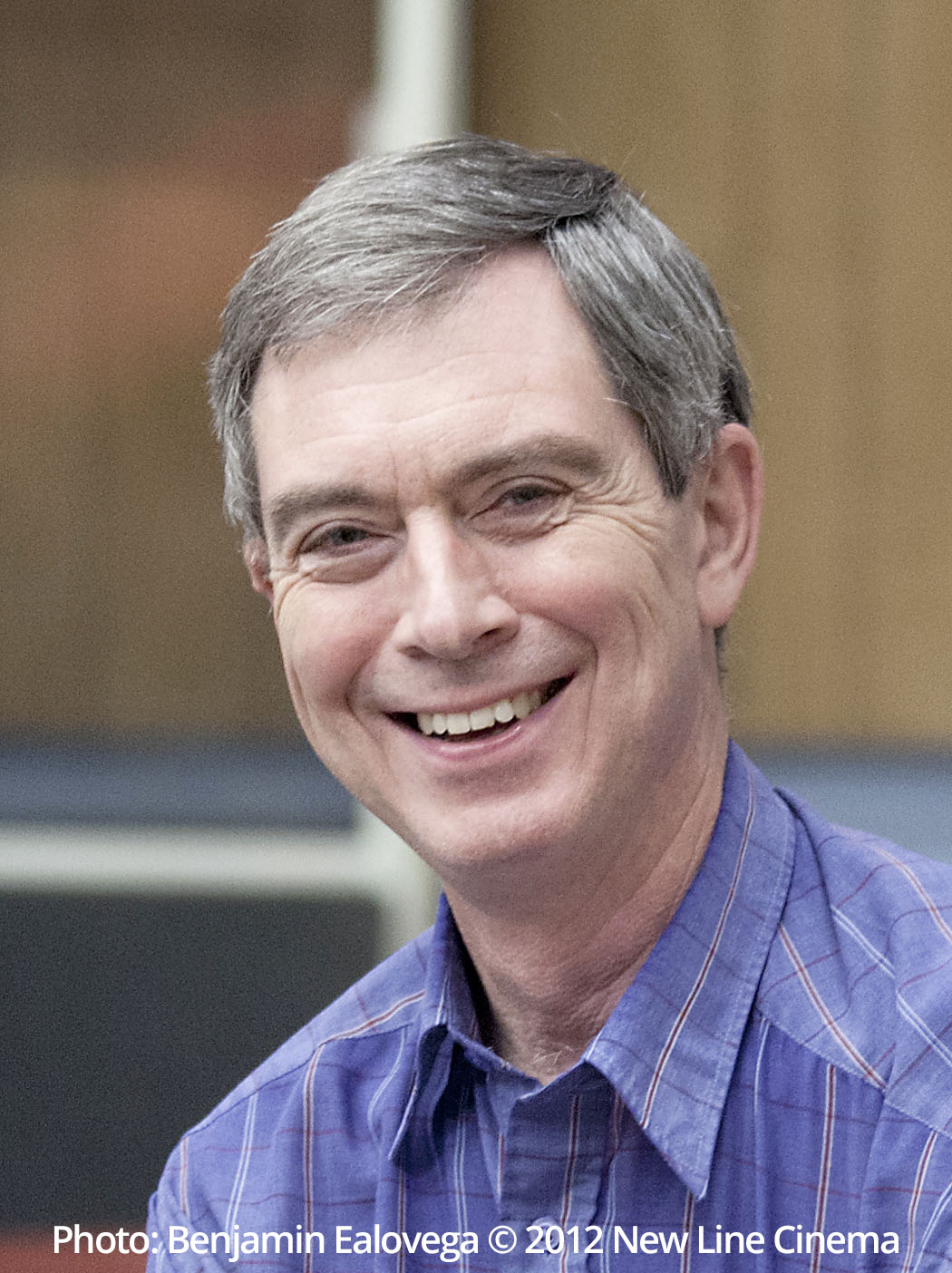
Roderick Elms
Roderick Elms is a pianist and organist working both as a soloist and a principal keyboard player with orchestras in London and across the UK.
He is also an established composer and arranger, and his works are performed across the UK, North America and elsewhere.
On this site you will find details of his music, performances and recordings, some of which are available in the shop. The player below cycles through some of his performances and compositions.
Publications
See a selection of publications here.
Recordings
See a selection of recordings here.
Latest Shop Items
Main image — ‘When dreams come true’ by Leonid Afremov <afremov.com>
Copyright © 2019 Roderick Elms Music. All rights reserved.
